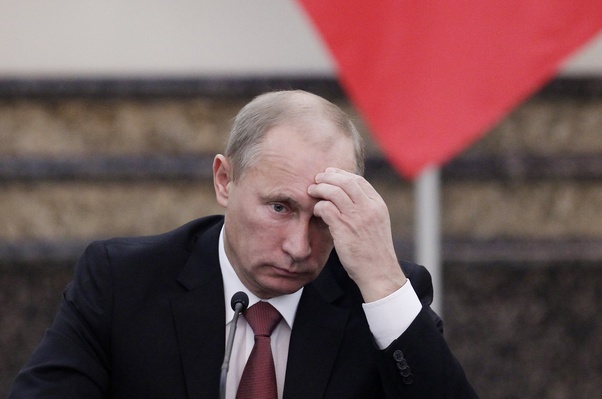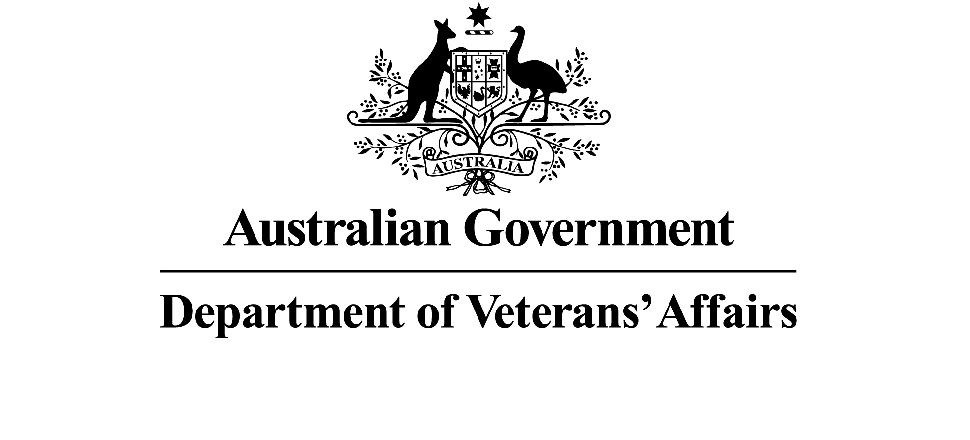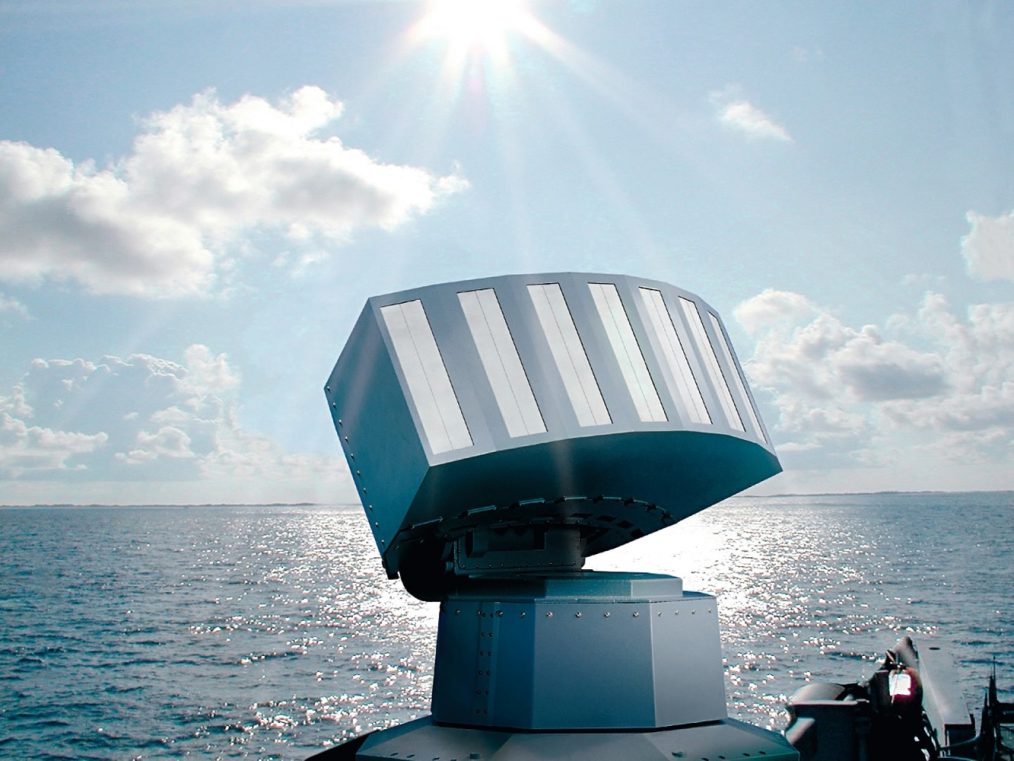Russian President Vladimir Putin made an unexpected appearance in Kursk, dressed in military fatigues, in a move aimed at bolstering troop morale and celebrating recent victories over Ukrainian forces. The visit, which was not publicly announced in advance, showcased Putin’s direct involvement in the ongoing conflict and reinforced his commitment to the Russian military.
Putin’s trip to Kursk was a calculated move to boost morale and assert dominance. Addressing Russian troops, he commended their efforts in reclaiming territory from Ukraine in the border region. The visit came on the heels of a US-backed 30-day cease-fire proposal, which Putin dismissed as a strategic disadvantage, signalling his intention to maintain offensive operations.
During his speech, Putin did not hold back in his rhetoric against Ukrainian forces. Over 400 Ukrainian soldiers were reportedly captured during the recent offensive. Under Russian law, Putin labelled them as “terrorists,” a classification that excludes foreign fighters from the protections of the Geneva Convention. This controversial stance has drawn criticism from international observers and human rights organizations.
The conflict continues to escalate, with both Russian and Ukrainian forces digging in for prolonged engagements. While Russia pushes forward in certain areas, Ukrainian forces are reportedly repositioning to what their top commander describes as “more advantageous positions.” This repositioning suggests that Ukraine is preparing for counteroffensive manoeuvres, keeping the battlefield dynamics fluid and unpredictable.
As the war grinds on, Putin’s visit to Kursk serves as a stark reminder of Russia’s unwavering stance in the conflict, despite increasing global pressure for de-escalation and diplomatic solutions.









